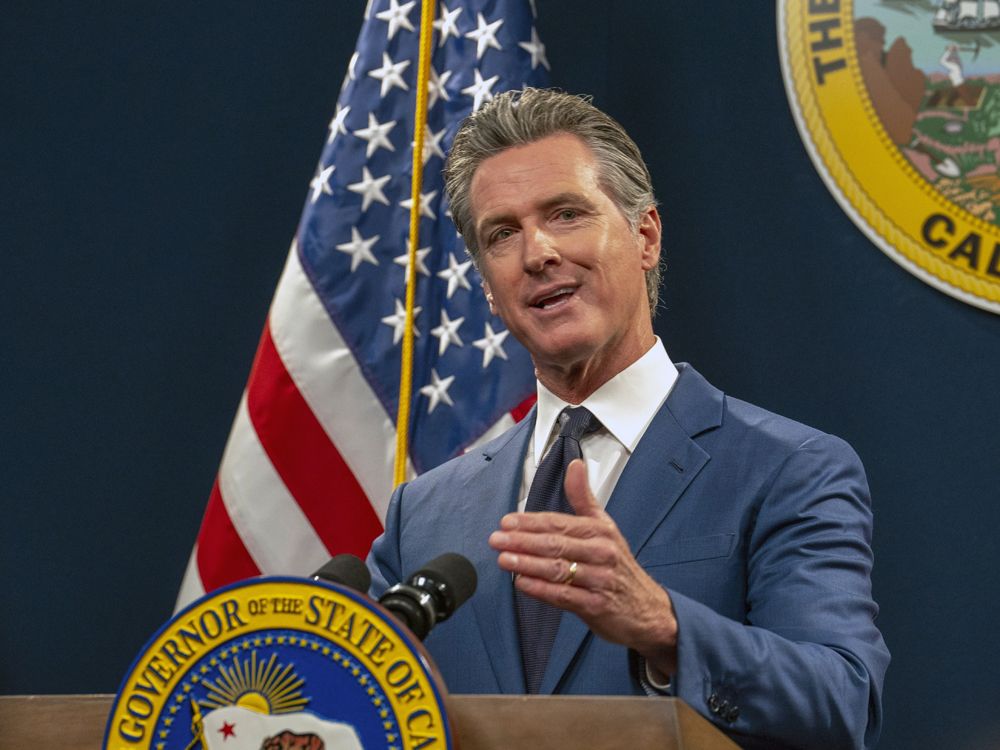The bank says economic conditions have improved enough to reduce its buying of federal bonds
Article content
The Bank of Canada plans to let inflation run faster than its two-per-cent target through 2023, reinforcing governor Tiff Macklem’s pledge to orchestrate a “complete” recovery from the COVID-19 recession.
Advertisement
This advertisement has not loaded yet, but your article continues below.
Article content
Canada’s central bank on July 14, published new forecasts, predicting the country is on the verge of an impressive burst of economic growth that will offset a disappointing start to 2021. The projections weren’t strong enough to alter Macklem’s plan to keep the benchmark interest rate pinned near zero until at least the second half of next year, but evidence of gathering momentum prompted policy-makers to pare their weekly purchases of Government of Canada bonds to $2 billion from $3 billion currently.
“This adjustment reflects continued progress towards recovery and the bank’s increased confidence in the strength of the Canadian economic outlook,” Macklem and his deputies on the Governing Council said in a statement at the end of their latest round of interest-rate deliberations.
Advertisement
This advertisement has not loaded yet, but your article continues below.
Article content

The decision to taper the bond-buying program was widely expected by observers of the central bank, as was an upward revision to the Bank of Canada’s projections for growth during the second half the year and into 2022.
Macklem’s forecasting team sees growth surging to an annual rate of 7.3 per cent in the third quarter, as consumers begin to spend some of the savings they accumulated during COVID-19 lockdowns.
The third wave of infections took a bigger toll on the economy than the Bank of Canada thought it would at the time of its last forecast in April, forcing a downward revision of its economic growth outlook this year to six per cent from 6.5 per cent. But the central bank assumes the economy will make up for it next year, when the central bank predicts gross domestic product will increase 4.6 per cent, compared with a previous estimate of 3.7 per cent.
Advertisement
This advertisement has not loaded yet, but your article continues below.
Article content
“The rapid rollout of vaccinations is improving prospects for a sustainable recovery,” officials wrote in the Monetary Policy Report. “The downside risks associated with the pandemic have significantly diminished.”
Still, the good news related to economic growth could be offset to some extent by consternation over the inflation forecast, since the central bank has chosen to put employment ahead of capping annual increases in the Consumer Price Index to its target.
The Bank of Canada’s two-year forecasts almost always have the CPI at two per cent at the end of the projection period ,because, typically, interest rates would be adjusted to bring about that outcome. For now, the central bank predicts CPI inflation of three per cent this year, 2.4 per cent in 2022 and 2.2 per cent in 2023.
Advertisement
This advertisement has not loaded yet, but your article continues below.
Article content
It’s risky because households, executives and investors could start to assume the central bank has gone soft on inflation and adjust their own expectations accordingly. If that were to happen on a wide scale, upward pressure on prices would increase, pushing the CPI even higher. The central bank might have to raise interest rates more quickly than it would like, threatening a recession.

Policy-makers argued that it’s a calculated risk — and one worth taking. Investors and analysts tend to emphasize the inflation target, but the Bank of Canada actually gives itself more latitude. It aims for two per cent, but is comfortable with misses as high as three per cent and as low as one per cent. It still sees inflation staying within its comfort zone.
Advertisement
This advertisement has not loaded yet, but your article continues below.
Article content
The central bank argues that the strongest forces on prices will pass. Currently, the cost of gasoline is the biggest one, because supply hasn’t yet caught up to the demand that has come with the global economic recovery. Supply constraints related to the crisis are also affecting inflation, and prices that plummeted during the recession are coming back as things return to normal.
Policy-makers emphasized that the recovery shouldn’t be taken for granted. They described the uncertainty over their outlook as “unusually high,” flagging four risks at the end of their quarterly economic report that could end up putting downward pressure on inflation, compared with two potential surprises that could lead to faster price increases.
But, ultimately, Macklem has chosen to err on the side of growth rather than striving to hit his inflation bullseye. The central bank noted the economy is generating significantly less output than it could in normal circumstances, and, when considering population growth, employment is still 550,000 positions below its pre-pandemic trajectory.
“Achieving a full and inclusive recovery will take time,” the economic report said.
• Email: kcarmichael@postmedia.com | Twitter: carmichaelkevin
Advertisement
This advertisement has not loaded yet, but your article continues below.
Bank of Canada holds rate steady, focusing on economic growth rather than inflation
2021-07-14 14:52:09






